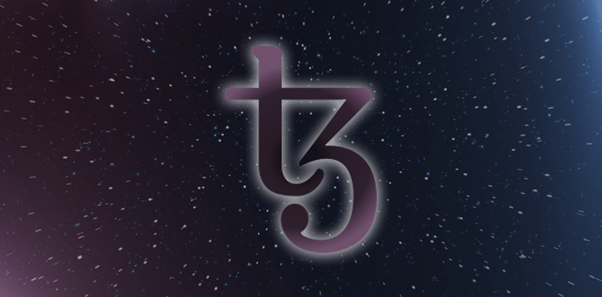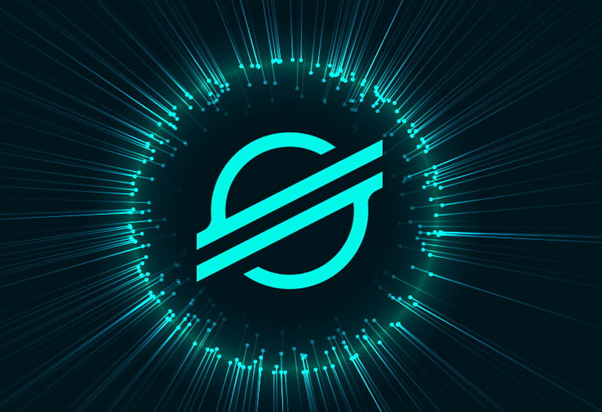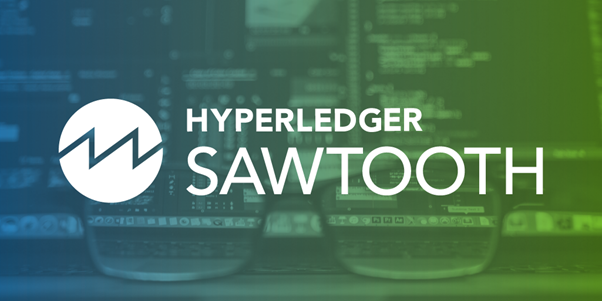Blockchain technology seems to be taking off these days. The technology, which originated in 2009 as Bitcoin, has now become a mainstream technology. Blockchain has applications in various industries including healthcare, supply chain, logistics, law, and more. Blockchain administrations are designed and manufactured to make transaction processes more effective and simple.
As organizations have started experimenting with the potential of blockchain and are developing blockchain applications, the demand for blockchain platforms is growing rapidly. According to one study, every size of these global blockchain businesses is anticipated to grow from USD 3.0 billion in 2020 to USD 39.7 billion in 2025, with a 67.3% growth rate between 2020 and 2025.
That's why we've compiled a list of the best blockchain platforms to explore in 2021 that will help organizations bring more transparency and efficiency to their business ecosystem.
First, we'll explain how our current list for 2021 differs from the previous one.
We've compiled a list of the best blockchain platforms to explore in 2021, with our hands-on experience with these platforms. Our blockchain development team has worked on all the platforms listed below. We have created projects and PoCs on various platforms and identified them based on their efficiency, scalability, and security.
Here is the list of top blockchain platforms to explore in 2021.
| Tezos

Tezos is a decentralized open-source blockchain network that can perform peer-to-peer transactions and implement smart contracts. It has a modular architecture and a formal upgrade mechanism that allows its network to facilitate formal verification.
Founded by Arthur Breitman and Kathleen Breitman, Tezos is designed to provide the security and code correctness needed for high-value digital assets and use cases. It is a decentralized blockchain platform that manages itself.
Tezos is a platform for smart contracts and dApps like Ethereum, Waves, and Neo, but differs from other platforms with its self-modifying cryptographic mechanism.
The following are some of the features of the Tezos platform that differentiate it from other platforms:
- Self-modification protocol
- Delegated Proof of Stake consensus mechanism
- On-chain management
- Smart contracts and formal authentication
| Stellar

Stellar is an open blockchain network that enables the storage and movement of money. It facilitates the creation, trading, and sending of digital representations of all types of money, such as dollars, bitcoins, pesos, and more.
More than 69% of banks are currently experimenting with blockchain technology to make their services transparent, seamless, and secure. Stellar is one of the most scalable and prominent blockchain platforms that helps create secure and fast fintech applications, tokens, and digital assets representing financial assets.
It is an open-source system for cash and money. It has no buyer; if anything, it is public property. It handles millions of transactions daily. Like Ethereum and Bitcoin, Stellar relies on the blockchain to keep the network synchronized.
On the Stellar blockchain platform, you can issue your assets, trade peer-to-peer tokens, and transform the currency as you transfer it.
Below are the basic features of the Stellar Blockchain network:
- It has a decentralized and open database.
- Allows thousands of transactions per second.
- Confirmation takes only 3-5 seconds.
- The network allows multiple signatures and smart contracts.
- It has a fixed annual inflation rate of 1%.
3| Hyperledger Fabric
Hyperledger Fabric is designed as a foundation for building applications or solutions with modular architecture. It allows you to build components, including member services and consensus, using plug-and-play. It has a wide range of modular and versatile designs to suit a variety of industrial applications.
One of the key features of Hyperledger Fabric is the ability to create networks of networks. Fabric members work together, but because companies want to keep some of their data private, they typically maintain separate relationships within their network.
For example, a buyer may collaborate with multiple vendors selling the same product. The transactional relationship between buyers and sellers must be private and not visible to all sellers. This can be enabled by using "channels" in the Hyperledger Fabric.
Instead of an open, permissionless system, Fabric offers a secure and scalable platform that supports confidential contracts and private transactions.
4| Hyperledger Sawtooth

Hyperledger Sawtooth has a modular and flexible architecture that separates the core system from the application domain. Therefore, smart contracts can imply business rules for applications without understanding the underlying design of the core system. It supports several consensus algorithms, including PoET (Proof of Elapsed Time) and PBFT (Practical Byzantine Fault Tolerance).
It is an enterprise blockchain platform used to develop distributed ledger networks and applications. It focuses on securing distributed ledgers and smart contracts, especially for enterprises. It streamlines the development of blockchain apps because developers can specify business rules for their apps using the language of their choice.
Here are some of the features that set it apart from other blockchain platforms:
- Private networks with sawed-off permission features.
- Parallel execution of transactions
- Ethereum contract compatibility with Seth
- Interconnectable consensus algorithms
- The separation between the core system and the application level
5| EOS
EOS is a blockchain platform designed to develop scalable and secure apps. It offers hosting of apps, the possibility of smart contracts, decentralized storage of enterprise solutions to solve the problems of Ethereum and Bitcoin in terms of scalability.
The EOS platform eliminates all user costs and achieves consensus using multithreading and a delegated proof-of-stake algorithm. They have a dedicated community called the "EOS forum" where developers and investors can discuss the platform.
Here are some of the features of the EOS blockchain that make it one of the trusted platforms:
- Ease of use
- Governance
- Multiprocessing
- Flexibility
- Measurability
- Upgradability
- Authorization scheme
6| Openchain
Open chain is an open-source dispersed record technology intended for businesses that need to distribute and manage digital assets in a robust, secure, and scalable way. It uses a different consensus than Bitcoin-based systems, namely the Partitioned Consensus. Each instance of Openchain has only one authority that validates transactions.
Instead of a single central ledger, each organization controls its Opechain instance to connect. Because it uses a client-server architecture, it is more reliable and efficient than the P2P architecture. There is also no miner involved in the Openchain blockchain network; therefore, the asset manager instantly validates free and instant transactions.
Here are some of the features of the Open chain blockchain network:
- Modular design
- Free transactions
- Highly scalable
- 2-way stick
- Unified API
- Smart contract functionality
7| Corda
Corda is an open-source blockchain platform that enables businesses to conduct smart contract transactions instantly and under strict confidentiality. It reduces the cost of registration and transactions by streamlining business processes.
It is a flexible and agile platform that can scale to meet business requirements. Built on Corda, CorDapps is designed and developed to transform businesses across a wide range of industries, including healthcare, energy, insurance, finance, and more.
Highlights of the Corda blockchain application that address it as one of the ideal platforms:
- Privacy
- Open design
- Interoperability
| Conclusion
Forrester predicts that 30% of projects will go live globally by 2021. The figure reflects the increasing maturity of blockchain technology and the demand for more robust blockchain platforms.
If you are unsure about choosing the right blockchain platform for your business, please contact blockchain experts. There are many software outsourcing companies that help you to convert your idea for a blockchain project into a real product with expertise on the best platform.


 Table of Content
Table of Content










